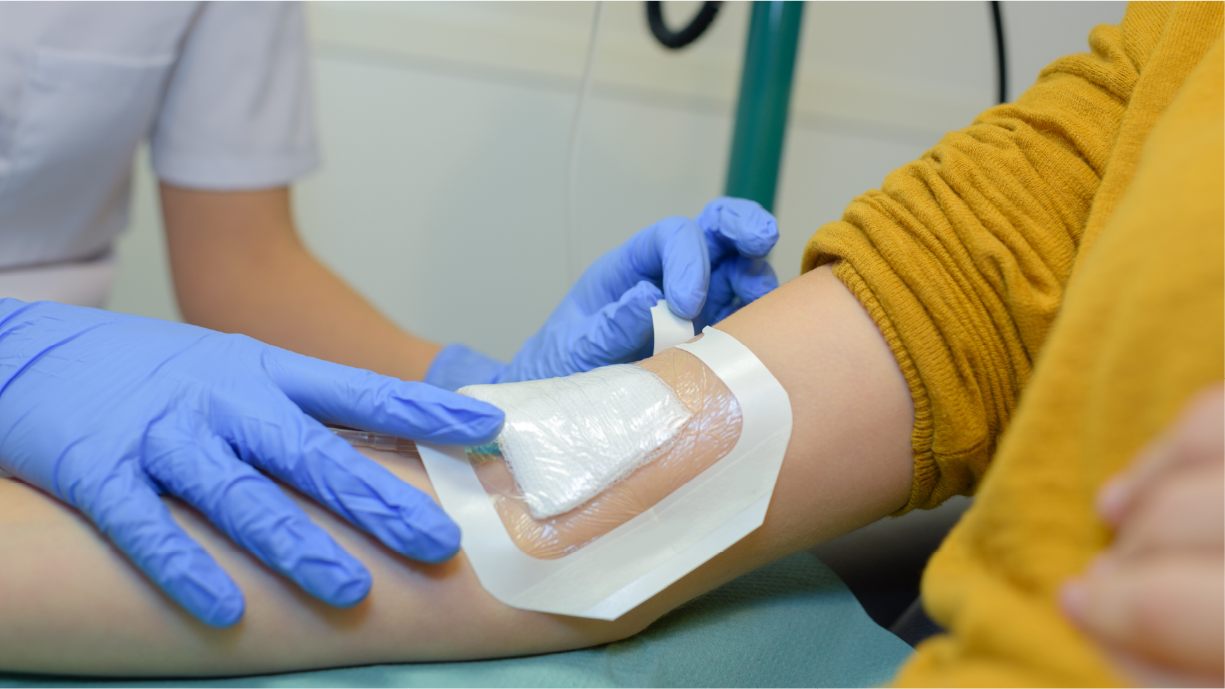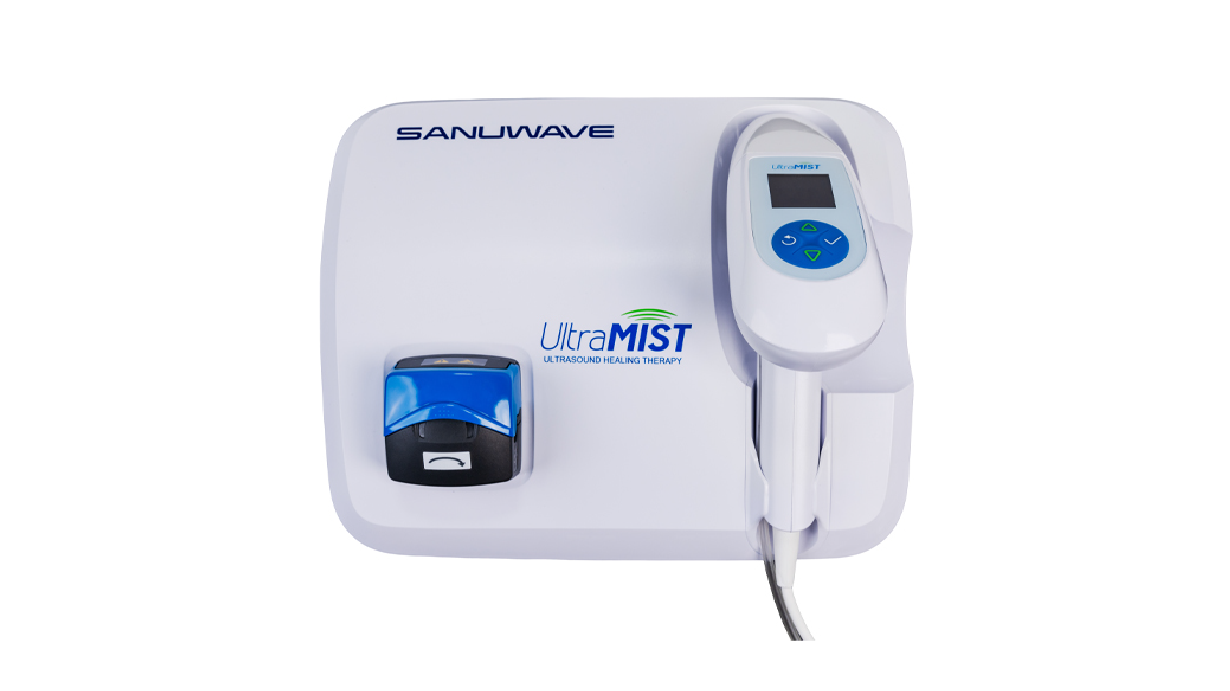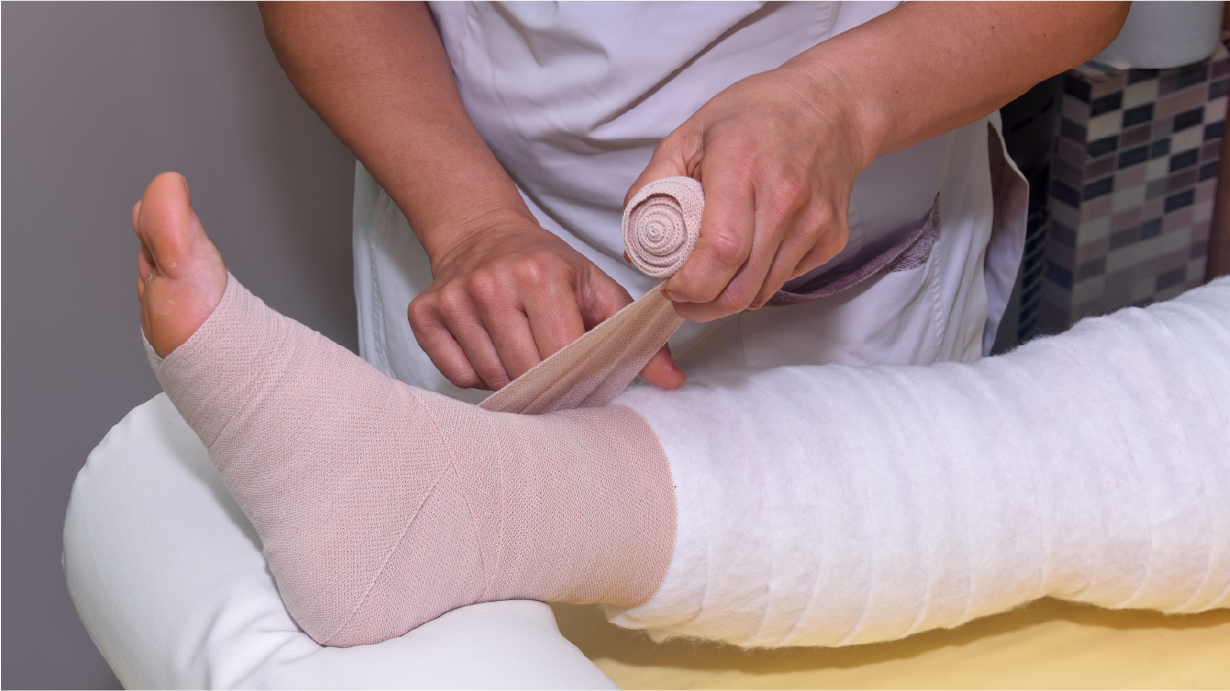Wound VAC Therapy
Wound VAC therapy, also known as Negative Pressure Wound Therapy (NPWT), is a clinically proven approach for accelerating wound healing. The system consists of a specialized dressing sealed with an adhesive drape, connected to a vacuum unit that delivers carefully controlled negative pressure. This creates a closed, moist healing environment that draws wound edges together while removing infectious materials and excess fluid. At Wound Wellness, our nurse practitioners customize the therapy settings based on your specific wound type, location, and healing goals, ensuring optimal results.
The benefits of Wound VAC therapy extend beyond simply accelerating healing. The controlled negative pressure significantly reduces edema (swelling) around the wound, which improves circulation and promotes better oxygen and nutrient delivery to the healing tissues. The therapy effectively removes bacteria and debris, substantially reducing infection risk—a crucial factor for patients with compromised immune systems or chronic conditions like diabetes. Perhaps most importantly, Wound VAC therapy stimulates the formation of granulation tissue, the healthy pink tissue that forms the foundation for complete wound closure.
Our approach to Wound VAC therapy reflects our holistic wound care philosophy. Before beginning treatment, we conduct a comprehensive assessment that considers not just your wound but your overall health, living environment, and personal circumstances. This thorough evaluation helps us determine if Wound VAC therapy is appropriate for your specific situation and how it should be integrated into your broader treatment plan. For patients receiving care at home through our mobile service, we take particular care to ensure the system works effectively in your environment and that you and your caregivers understand how to monitor the equipment between our visits.
- Wound VAC therapy uses controlled negative pressure to create an optimal healing environment
- Benefits include reduced swelling, decreased infection risk, improved blood flow, and accelerated tissue growth
- Available both at our Lake Villa clinic and through our mobile service throughout Lake and McHenry counties
- Appropriate for many wound types including diabetic ulcers, pressure injuries, surgical wounds, and traumatic injuries
- Treatment plans are customized based on comprehensive assessment of your wound and overall health
- Our nurse practitioners provide complete management of the therapy from initial application through the entire treatment course
While receiving Wound VAC therapy, maintaining proper nutrition plays a vital role in supporting the healing process. Your body requires additional protein, vitamins C and A, zinc, and adequate hydration to build new tissue effectively. Our care team can provide specific nutritional recommendations based on your individual needs and may suggest dietary adjustments or supplements when appropriate. Additionally, managing underlying health conditions like diabetes is essential—maintaining stable blood sugar levels significantly improves wound healing outcomes and the effectiveness of your Wound VAC therapy.
Understanding what to expect during Wound VAC therapy helps ensure the best possible experience and outcomes. The system typically requires dressing changes every 48-72 hours, which our skilled practitioners handle during scheduled appointments either in our Lake Villa clinic or during home visits for our mobile patients. Between changes, it's important to monitor that the system maintains its seal and continues operating properly. Our team thoroughly educates patients and caregivers about warning signs that require attention, such as changes in drainage color or volume, increased pain, or system alarms. Remember that mild drawing or pulling sensations at the wound site are normal during therapy, but significant discomfort should be reported promptly.




